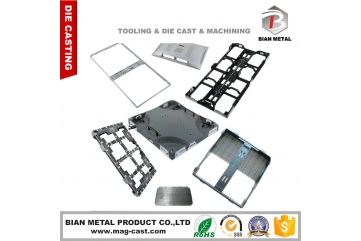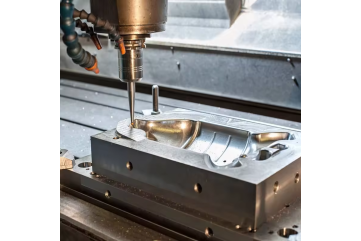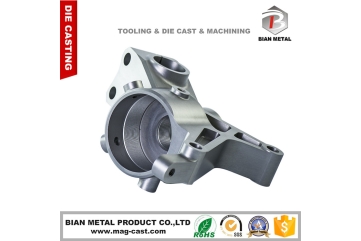What is die casting step by step?
Die casting is a metal forming process used to produce precisely dimensioned, sharply defined metal parts. Here’s a step-by-step breakdown of the die casting process:
1. Mold Preparation:
– A steel mold (die) is created with the shape of the desired part.
– The die is treated with a lubricant to help with part removal.
2. Clamping:
– The two halves of the die are securely clamped together.
– The clamping force must be strong enough to keep the die closed during injection.
3. Injection:
– Molten metal is fed into a chamber.
– A plunger forces the molten metal into the die cavity at high pressure.
– The high pressure ensures that the metal fills all parts of the die.
4. Cooling:
– The molten metal begins to cool and solidify once inside the die.
– Cooling time varies depending on the size and complexity of the part.
5. Ejection:
– Once the metal has solidified, the die opens.
– Ejector pins push the cast part out of the die.
6. Trimming:
– Excess metal (flash) is trimmed off the finished part.
– Any extra features like gates or runners are removed.
7. Secondary Operations (if necessary):
– The part may undergo additional processes like drilling, tapping, or surface finishing.
8. Inspection:
– The part is inspected for quality and dimensional accuracy.
9. Recycling:
– Any scrap metal from the process is typically recycled and reused.
10. Die Preparation for Next Cycle:
– The die is cleaned and lubricated for the next casting cycle.
This process can be repeated rapidly, making die casting ideal for high-volume production of complex metal parts. The type of metal used, the size and complexity of the part, and the specific die casting machine will influence the exact parameters of each step.




